DSLR or mirrorless camera: which is better?
When choosing a camera, you should take into account the features of its upcoming operation. This is what determines which camera is best to buy.
The content of the article
Features of a DSLR camera
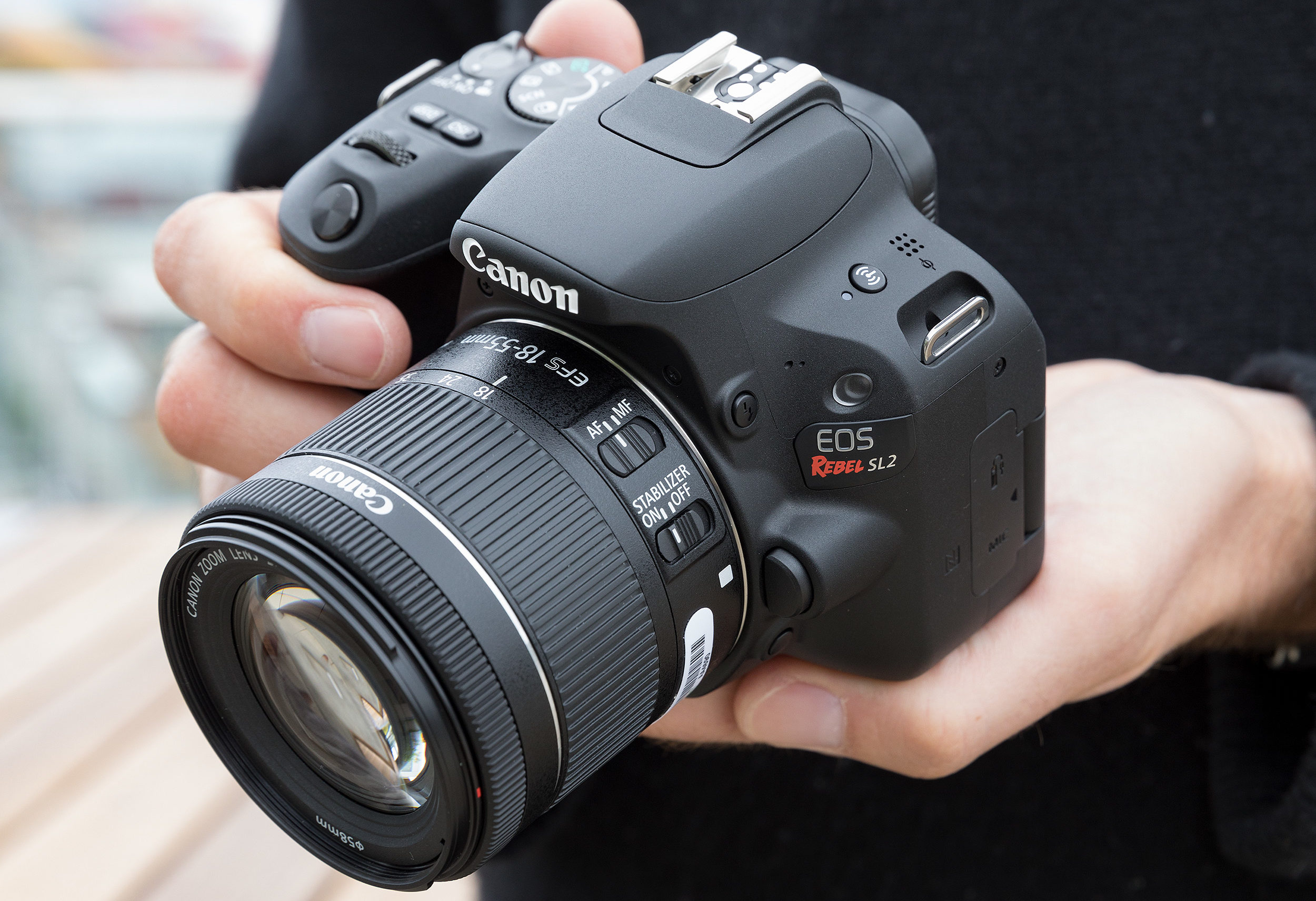
Such a camera is always massive. This is due primarily to the features of its design: a built-in mirror and pentaprism that transmit the image from the lens to the optical viewfinder.
On the one hand, this is bad: the camera requires very careful handling and has a considerable weight. But on the other hand, it’s very good, since the optical sight does not consume energy. Well, to emphasize that this camera is capable of working for a long time without recharging, manufacturers very rarely decide to experiment with reducing the battery if this reduces its energy intensity.
Features of a mirrorless camera
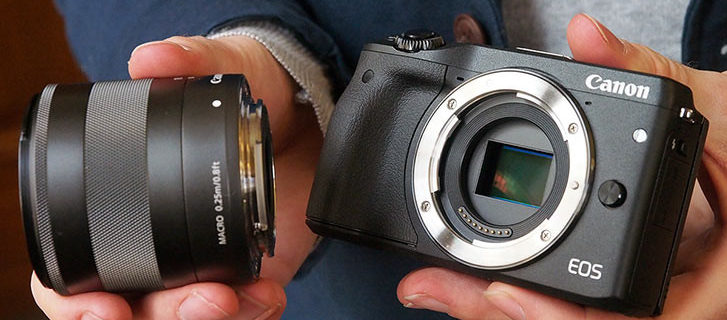
The absence of a mirror and pentaprism had a positive effect on the dimensions. But in an effort to emphasize this advantage of the camera, manufacturers often go to extremes, also reducing the battery. And this does not have a very good effect on its energy intensity.
Let's add to this that the electronic viewfinder consumes energy, as well as the processor that transmits the image to it. As a result of simple calculations, we get a not entirely pleasant “highlight” - a relatively short battery life.
What is better to choose?
Looking back at the features of cameras described above, one can make the erroneous conclusion that a DSLR is still a slightly more profitable option. The correctness of this opinion is indirectly confirmed by the price tags, since cameras that produce equally good images are practically the same in cost. That is, for the same money you can get greater autonomy.
But this opinion may turn out to be wrong. Therefore, before buying a camera, you should answer the question: do you want to look or click? The fact is that both cameras are equally good for studio shooting, since even options with reduced battery capacity provide decent battery life. And here When working in the field, the deciding factor may be either the size of the camera or its power consumption.
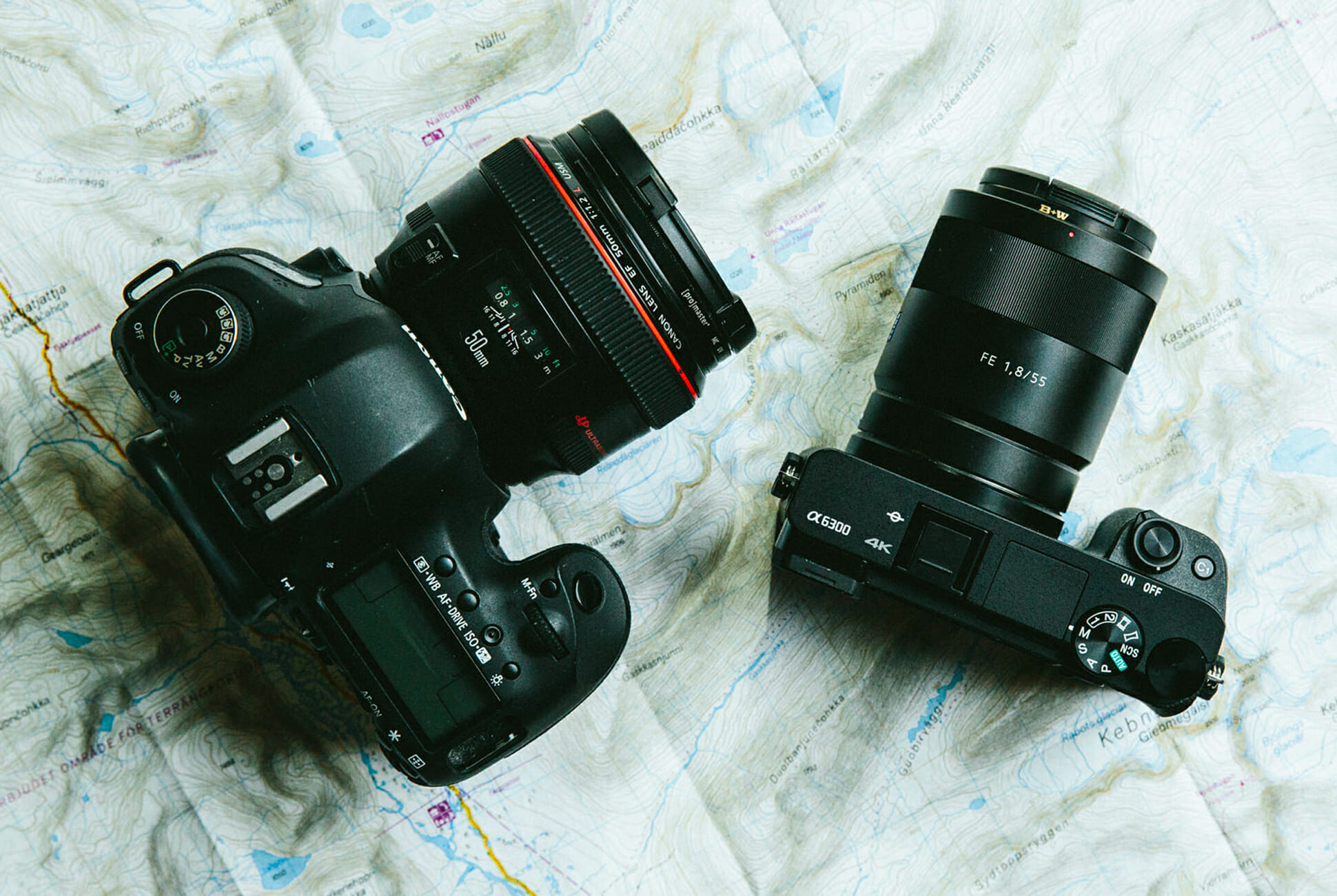
To understand the task, let’s outline two options for working with the camera:
- Constantly changing locations or traveling in search of a beautiful view. In this case, mobility is important, that is, the size of the camera comes to the fore. And this means that mirrorless, which can be worn around the neck, will be an excellent choice: I saw something interesting, took a photo and ran on. And I also saved time, since I don’t need to take the camera out of my bag and put it back.
- Waiting tactics. This is the same case when the lens can be pointed at a view of interest to the photographer for hours just for the sake of a single successful shot. Definitely better suited for this type of hunting. SLR camera with an optical viewfinder, which will not report a low battery at the most inopportune moment. And the weight and dimensions easily compensate for the tripod and the lack of the need to constantly hide/take out the camera.
Well, the last argument in favor of choosing based on operating conditions: previously, DSLRs were considered the best option, since mirrorless cameras had serious shutter lag. But this was not a mechanical problem, but a feature of weak electronics.
Modern cameras do not have this drawback. This means that DSLR cameras have lost another advantage, having become equal to mirrorless cameras in shutter speed. Accordingly, we will return again to the main differences: energy consumption and dimensions.
For today (and in the near future) soap boxes, so-called. semi-DSLRs, DSLRs and mirrorless cameras will be divided into the amateur (and professional) photo market in the specified sequence. But the era is already close, already coming (it has been artificially held back for 20 years by all current manufacturers of obsolete photographic equipment) of fundamentally different photo and video cameras, optics. I think Sony will make a breakthrough. And these will not be DSLRs in their current form.In general, heavy photo and video equipment will suddenly disappear. this is already tangible today - look at how rapidly the cameras are advancing, which are in mobile phones, smart phones, even tablets. The beginning of the mass transition of the photo and video industry to a radically new quality will occur before 2035. I think they won’t become an order of magnitude cheaper, but... the prices will be more affordable. Otherwise, the population doesn’t care about a camera (also with frankly crappy kit optics) for 1500-3000 bucks, if it costs 500-800 USD. That is, he will buy a cool smartphone with a convenient, lightweight, excellent camera, or even two. Personally, I haven’t carried a Nikon DSLR for five years now (I rarely take it with me on walks). Why? It’s hard to carry—it weighs 1.4 kg with spare optics, and it’s also an extremely uncomfortable cubic bag that rubs your shoulder and dangles from the side. The DSLR is replaced by a 120 gram Pentax point-and-shoot camera, and there is a fairly sharp and bright 8.5 MP camera in the smartphone. By the way, professional photographers, where they are on staff, from the vast majority of media (not only regional ones!) have long been swearing by consumer cameras no more expensive than $500-1200. And people eat without any complaints.
The article is about nothing... There are two classes - DSLR and mirrorless cameras. There are two classes - amateur and professional (I don’t argue that the former are approaching the latter). And mirrorless cameras are mostly for the amateur and semi-professional segment. But it’s not for nothing that NIKON recently announced its new professional camera. There is no need to compare soft with fluffy.

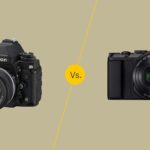
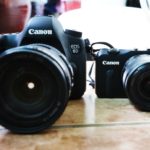

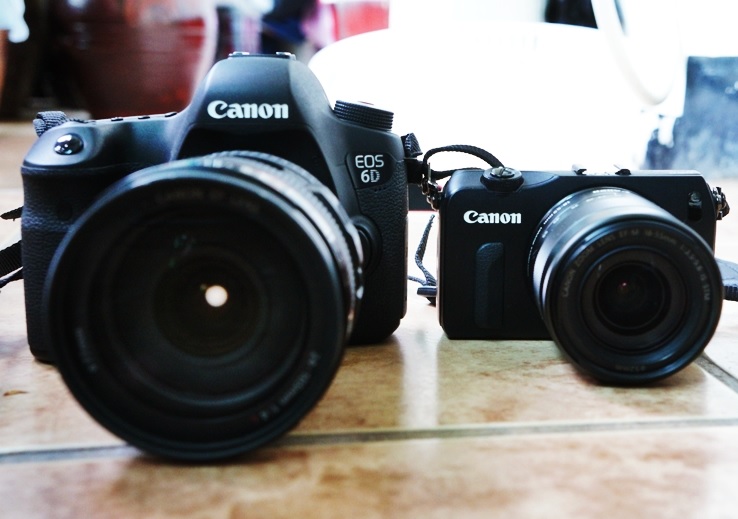
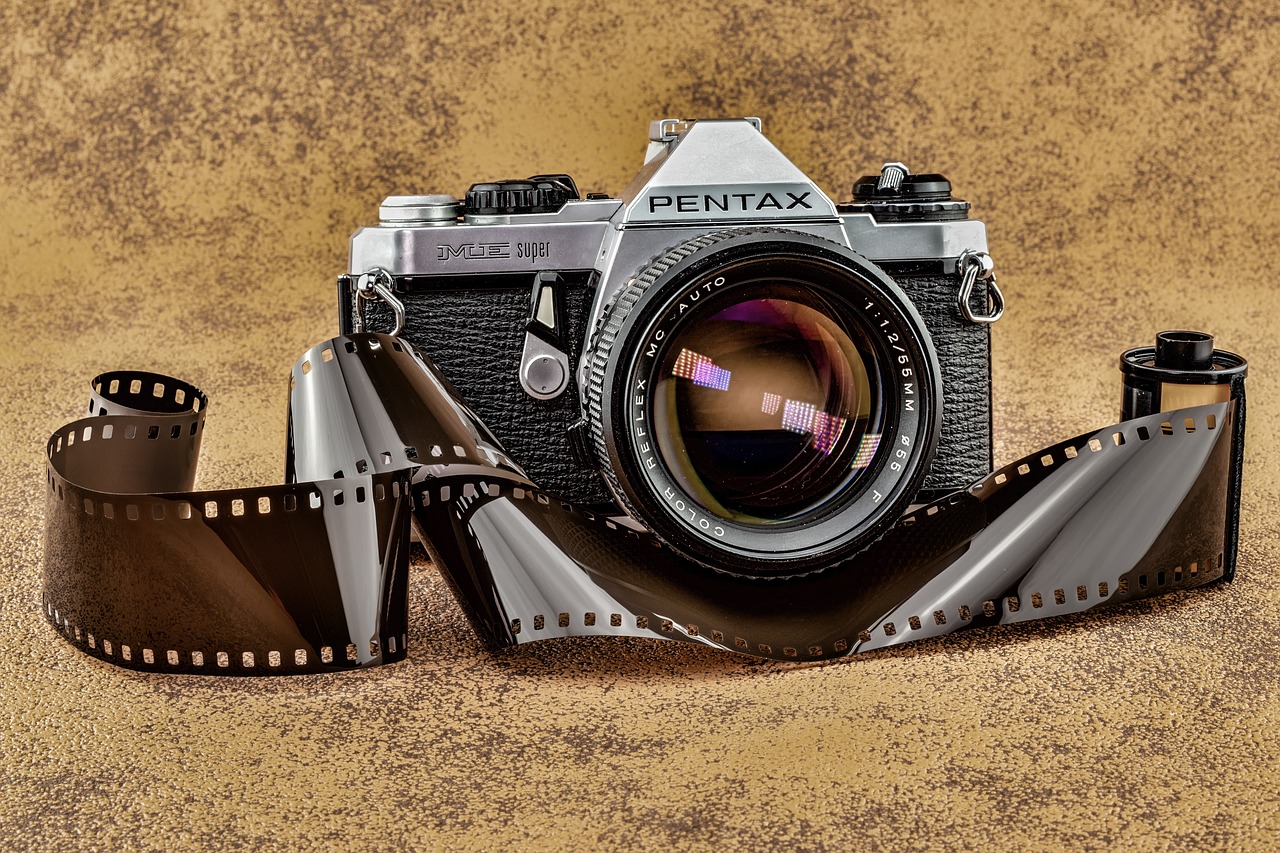
IMHO the article is worthless. A priori, a mirrorless camera cannot be better than a DSLR. Because in a DSLR, the photographer ultimately decides what the camera should focus on and what settings to set. It’s very inconvenient to see this on a small screen in a mirrorless camera. Of course you can, but... In general, each tool is good at what it does. And in capable hands it will show itself. And even the best camera will not work in incompetent environments.